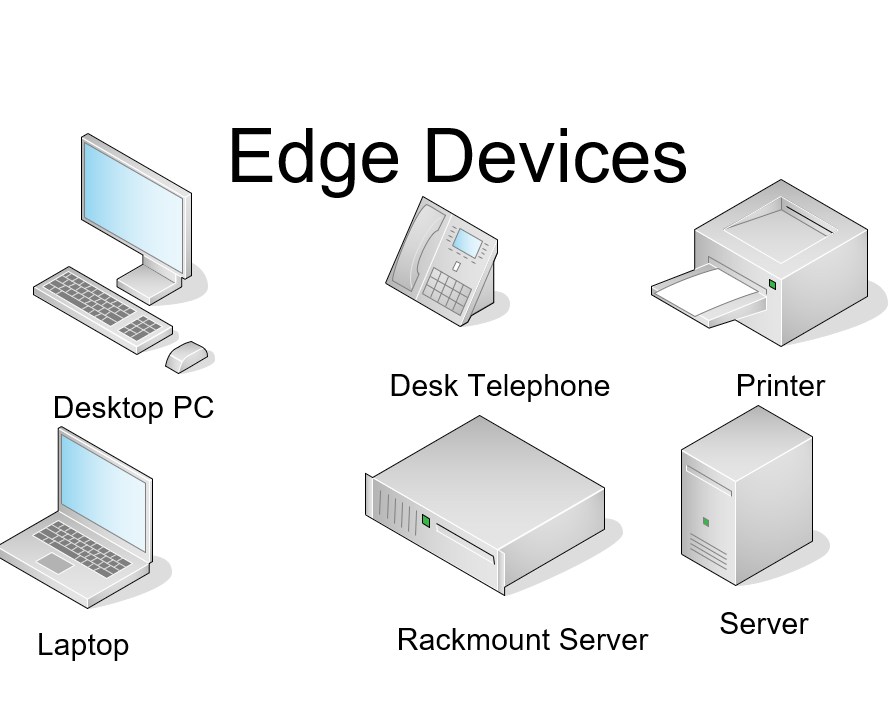
Building the Ultimate Gaming Rig: A 2025 Guide
December 21, 2024
Building a Silent PC: Hardware Tips for Noise Reduction
December 22, 2024How GPUs Are Transforming Data Processing
In the world of data processing, one of the most revolutionary advancements in recent years has been the rise of Graphics Processing Units (GPUs). Initially designed to handle the demanding graphics needs of video games, GPUs have evolved to become powerful tools in a wide range of industries, from artificial intelligence (AI) and machine learning to scientific research and data analysis. Their ability to handle massive amounts of data in parallel makes them a game-changer for industries that rely on fast, large-scale data processing. In this article, we’ll explore how GPUs are transforming the landscape of data processing and what this means for the future of technology.
From Graphics to General-Purpose Computing
While GPUs were originally created for rendering high-quality graphics in gaming and multimedia applications, their architecture proved to be highly effective for a broader set of computational tasks. Unlike Central Processing Units (CPUs), which are optimized for sequential processing, GPUs are designed to handle many tasks simultaneously (parallel processing). This makes GPUs exceptionally well-suited for data processing tasks that require the simultaneous calculation of multiple pieces of data, such as AI model training, scientific simulations, and data analytics.
In the early days of computing, GPUs were mostly used to accelerate rendering graphics. However, researchers and engineers began to realize their potential in non-graphics applications. With the advent of General-Purpose GPU (GPGPU) computing, GPUs became invaluable tools in fields that require intense computation, leading to a massive transformation in how data is processed and analyzed.

Parallel Processing Power
One of the primary advantages of GPUs over traditional CPUs is their parallel processing architecture. A CPU typically has a small number of cores (usually 4 to 16), each capable of handling a single task at a time. In contrast, a GPU can have thousands of cores working simultaneously on different tasks. This high degree of parallelism allows GPUs to process vast amounts of data much more efficiently than CPUs, especially when handling tasks that involve large datasets or require repetitive computations, such as training deep learning models.
For example, when training a neural network, the process involves performing millions of matrix multiplications and other mathematical operations. GPUs excel at performing these types of calculations quickly, as they can process multiple operations in parallel. This capability has dramatically accelerated the training time of AI models, allowing for more complex models and faster iterations.
Impact on Artificial Intelligence and Machine Learning
The surge in AI and machine learning applications over the past decade has been largely fueled by the capabilities of GPUs. Machine learning, particularly deep learning, relies on the ability to process large amounts of data to identify patterns and make predictions. GPUs provide the raw computational power needed to train complex deep learning models, which would be impractical using only CPUs.
For instance, training a deep neural network for image recognition, natural language processing, or speech recognition can take days or even weeks using traditional CPUs. By leveraging GPUs, this time can be reduced to hours or even minutes, depending on the model’s size and the amount of data being processed. This acceleration of model training has led to significant advancements in AI and has enabled the development of more sophisticated and accurate algorithms across a variety of fields, including healthcare, finance, and autonomous vehicles.
Real-Time Data Processing
In addition to speeding up AI model training, GPUs are also transforming real-time data processing. Many industries, such as finance, healthcare, and e-commerce, require the ability to process and analyze large volumes of data in real-time. GPUs enable organizations to handle these demands with ease, providing the computational power needed to process data streams in real-time, whether for high-frequency trading, fraud detection, or personalized recommendations.
In healthcare, for example, GPUs are being used to accelerate the analysis of medical imaging data, such as MRIs and CT scans. By processing these images faster and more accurately, healthcare professionals can make quicker, more informed decisions. Similarly, in the world of autonomous vehicles, GPUs process data from sensors in real-time, allowing self-driving cars to navigate their environment with minimal latency and enhanced accuracy.
Enhancing Scientific Research
GPUs are also revolutionizing scientific research, particularly in fields such as physics, genomics, and climate science. The ability to perform complex simulations and process massive datasets at high speed has opened up new opportunities for researchers. In fields like genomics, for example, the sequencing of entire genomes generates enormous amounts of data that require significant computational power to analyze. GPUs have become essential tools for analyzing this data quickly, enabling advancements in personalized medicine and drug development.
In physics and engineering, GPUs are used for simulations that model everything from subatomic particle interactions to climate models. These simulations require massive amounts of data to be processed in parallel, making GPUs an ideal solution for tasks that demand both speed and computational power.
The Future of GPUs in Data Processing
As the demand for data processing continues to grow, GPUs are expected to play an even larger role in the future. With the rise of edge computing, where data is processed closer to the source rather than in centralized data centers, GPUs will be essential for handling the increasing volume of data generated by Internet of Things (IoT) devices, sensors, and other connected technologies.
Additionally, the integration of GPUs with cloud computing platforms is making high-performance data processing accessible to businesses of all sizes. By using cloud-based GPUs, companies can scale their data processing capabilities without the need for significant upfront hardware investments.
As AI and machine learning continue to evolve, we can expect even more specialized GPUs optimized for specific tasks, such as neural network acceleration or reinforcement learning. These advancements will further unlock new possibilities for industries looking to leverage big data and AI in their operations.



